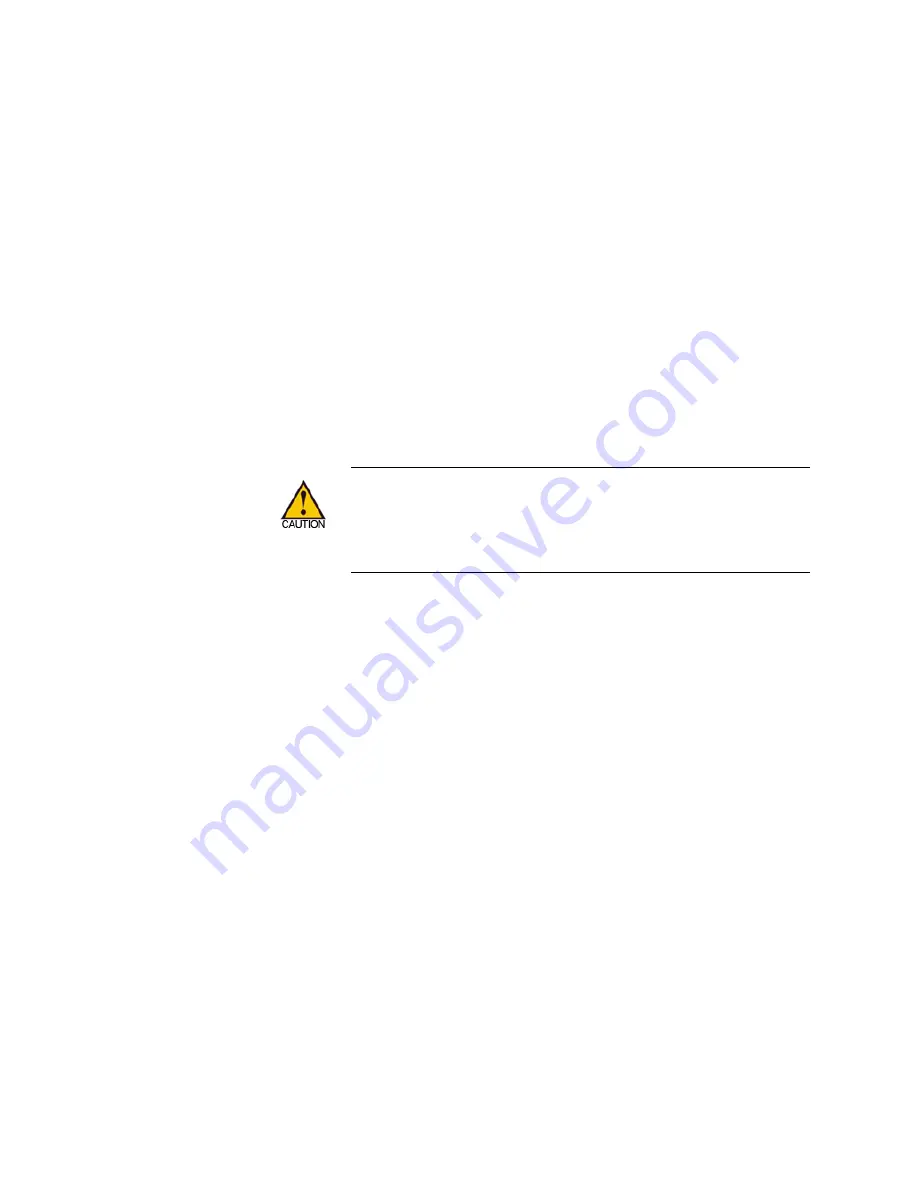
5-12 | DYCOR LCD RESIDUAL GAS ANALYZER WITH SYSTEM 2000 SOFTWARE
Scrubbing too long can damage the finish on the source parts. Rinse parts
thoroughly in tap water.
3. Sonicate the parts in a mixture of de-ionized water and cleaner (Alconox
Powdered Precision Cleaner or equivalent) for approximately one hour. Re-
move from the sonicator.
4. Rinse the parts thoroughly in de-ionized water. Replace in the sonicator.
5. Sonicate the parts in de-ionized water for approximately one hour.
6. Remove parts from the water and dry the parts by baking in an oven at 100
°C for 30 minutes. Alternatively, dry the parts with a heat gun until the water
has evaporated.
7. Reassemble the source.
assembling the conductance limited/enclosed source
Assemble the source in reverse order of the disassembly taking care
to center each ceramic washer in its seat to prevent cracking it. Do
not crush the ceramic washer or strip the threaded parts by over-
tightening the source hardware - tighten to snug only!
1. Install the source so that Lens 2 is seated against the ceramic quadrupole
collar. The hardware binding the source together may need to be loosened
temporarily so that all the rods can fit through the ceramic quadrupole collar
holes, and so that Lens 2 can sit against the collar. Carefully insert the rods
through the holes in the ceramic collar and into the barrel connector and the
detector flange assembly according the pinout in Figure 5-6. Be sure that the
screws are tightened snugly to the hardware once the source is in place.
2. Install the filament as described in “Replacing the Filament” in this chapter.
3. Once the quadrupole head has been checked, replace the ion volume by set-
ting it back on the head (Figure 5-1) and secure it with the set screw. Insert
the head into the vacuum chamber and secure using the six bolts originally
removed.
electron Multiplier / V-stack detector
The multiplier is immune to up-to-air cycling and routine low-level ion bombard-






























